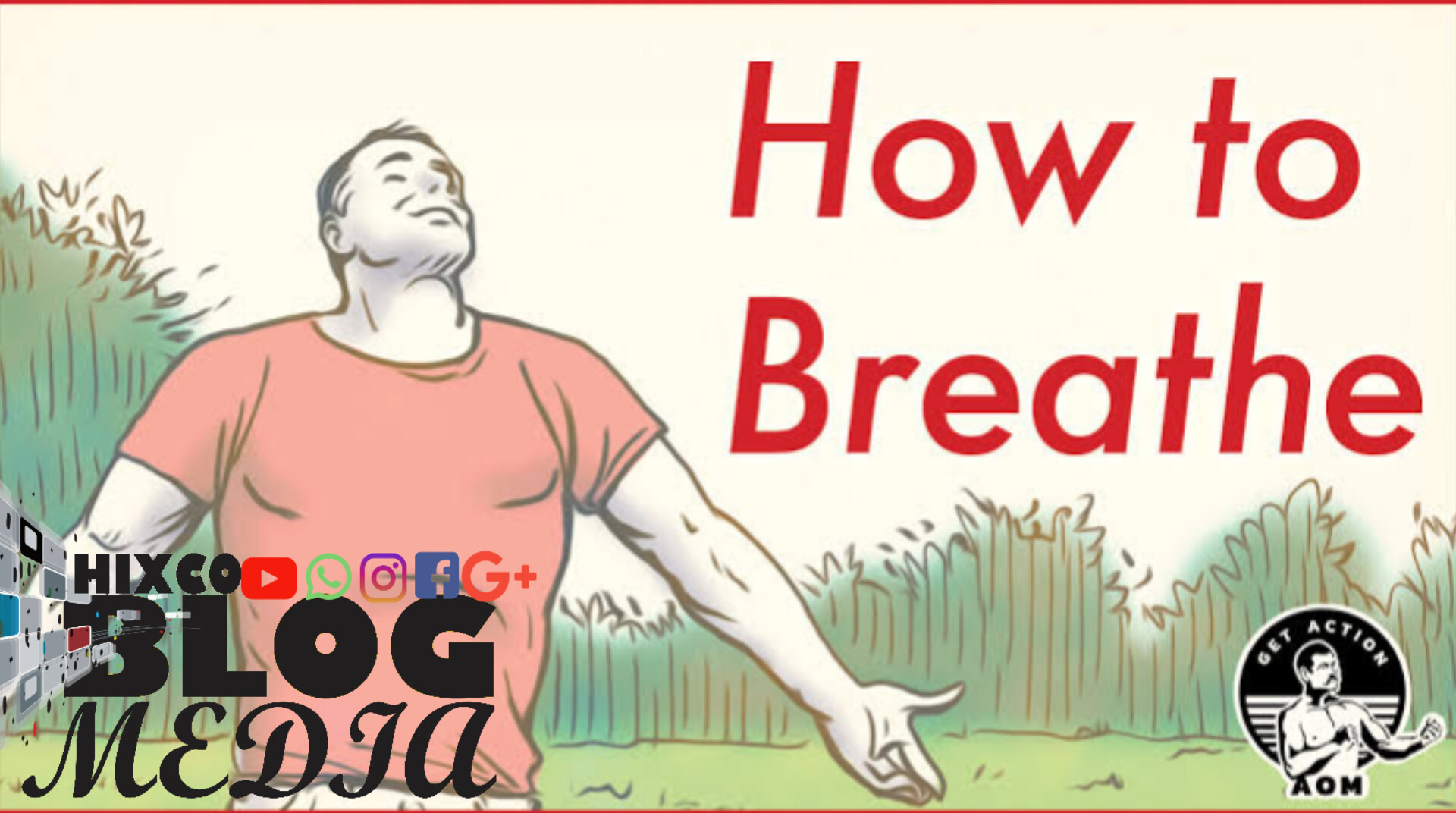- Get link
- X
- Other Apps
JUST IN
- Get link
- X
- Other Apps

Breathing is something we all do without thinking about it. We have to in order to survive. But how do we know if we are breathing correctly, and what happens if we are breathing incorrectly? Is there even a “right” way to breathe?
There are, in fact, correct and incorrect ways to breathe. And, though you may not realize it, the way you breathe can be a game-changer for your health.
Correct and Incorrect Ways to Breathe
It’s strange to think that there are right and wrong ways for your body to carry out a subconscious process. But it is common for people to develop improper breathing tendencies that can be improved through breathing exercises and conscious effort to change. Here are the correct and incorrect ways to breathe:
The Right Way to Breathe
The keys to proper breathing are to breathe through your nose and use your diaphragm.
Breathing through your nose slows the breath down and helps the lungs function efficiently. Additionally, it increases the intake of nitric oxide, which helps transport oxygen throughout the body. Further, nose breathing helps regulate the air entering your lungs by filtering toxins and allergens and regulating temperature and humidity.
Using your diaphragm when you breathe ensures that your breaths are full and deep. The diaphragm is a muscle in your abdomen between your rib cage and your belly button. Diaphragmatic breathing, also known as “belly” breathing, occurs when you engage the abdominal muscles and diaphragm when you inhale, which helps pull the air deeper into your lungs. There are a variety of exercises available to help you learn to breathe with your diaphragm. In general, you know you are engaging your diaphragm when you see and feel your belly rise and fall with each breath.
The Wrong Way to Breathe
In contrast to diaphragmatic breathing, improper breathing, or paradoxical breathing occurs when the diaphragm moves the opposite way it is supposed to with each breath. Rather than the diaphragm being pulled down and the chest expanding on the inhale, the chest contracts, and the diaphragm rises. This shallow way of breathing can worsen lung problems and potentially lead to other negative health effects.
Symptoms of Improper Breathing
So, how do you know if you are breathing improperly? And what potential negative effects can improper breathing lead to?
The following are common symptoms of paradoxical breathing:
- Trouble catching one’s breath
- Elevated heart rate
- Pain in the neck and shoulders
- Pain or weakness in the chest
- Labored breathing
- Involuntary breathing gasps
- Taking a sudden deep breath
- Overall weakness
- Dizziness
- Inability to speak

Comments
Post a Comment
Let know your comments